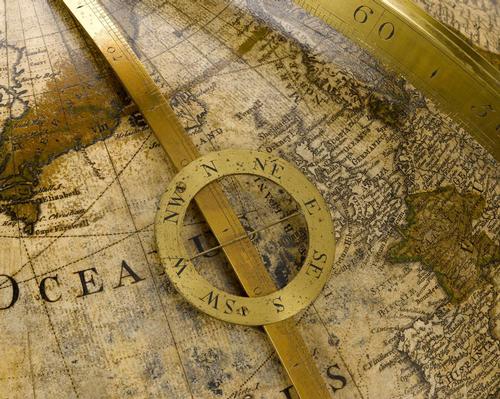12 Jun 2019
London's Science Museum to open gallery charting the city's rise as a scientific power
BY Andy Knaggs

A telescope that once belonged to Sir Isaac Newton, the microscope used by Robert Hooke to create the captivating drawings of insects and plants in his book Micrographia, and a range of objects commissioned by England's King George III upon his coronation, are among the exhibits at a new permanent gallery in London's Science Museum.
The Science City 1550–1800: The Linbury Gallery exhibition, which is due to open in September, explores how London's scientists and artisans helped to transform humanity's understanding of the world over the 250 years from 1550.
The 650sq m free gallery has been designed by Gitta Gschwendtner, and takes visitors on an immersive journey through historic London as they meet the innovative artisans and thinkers of the time.
On entering the gallery, they will be greeted by a beautiful celestial globe designed by Willem Janszoon Blaeu, a cartographer for the Dutch East India Trading Company. Made in 1599, it represents a time when Amsterdam eclipsed London on the world stage. The gallery that then unfolds charts the changes that repositioned London as a world power.
Newton's reflecting telescope from 1671 was used to illustrate the principles of light and reflection. Copies of his masterwork – Principia Mathemetica – will also be on display.
The King George III Collection includes an air pump and "Philosophical Table" used by the monarch to carry out a wide range of experiments for the education and entertainment of himself and his family.
Sir Ian Blatchford, director of the Science Museum Group, said: "By the end of 2019 the Science Museum will have over 3,500sq m of new galleries open to the public, with Science City 1550–1800: The Linbury Gallery being followed closely by the Medicine Galleries, which open in November."
The Science City gallery draws on three collections: the Science Museum Group Collection, the King George III Collection (owned by King's College London), and the collection of the Royal Society.
It is accompanied by a new book – Science City: Craft, Commerce and Curiosity in London, 1550–1800, published by Scala, while the museum is also collaborating with youth groups in local boroughs, helping to inspire young Londoners with the city's history of combining scientific thought and artistic endeavour.
Funding for the gallery comes from The Linbury Trust, the National Lottery Heritage Fund, DCMS/Wolfson Museums and Galleries Improvement Fund and The John S Cohen Foundation.
Close Window